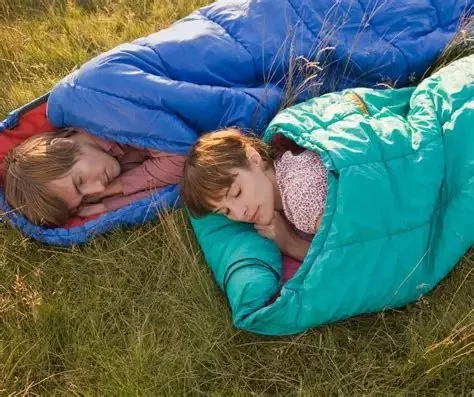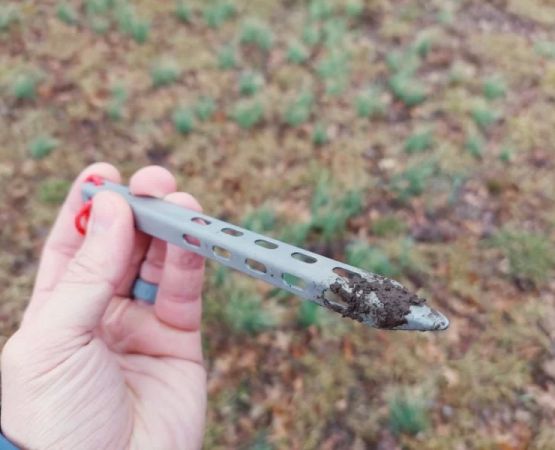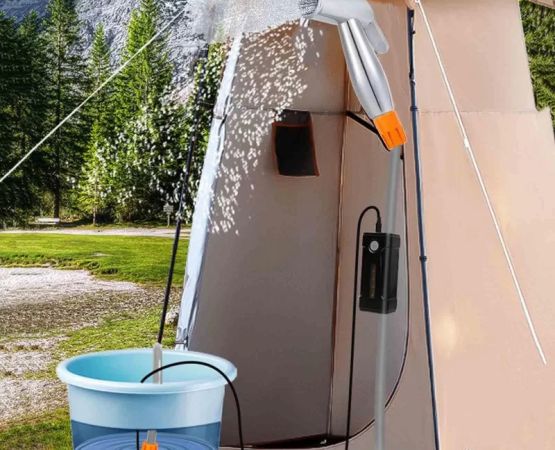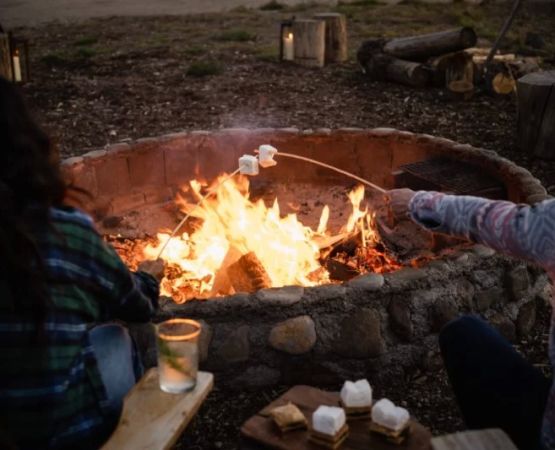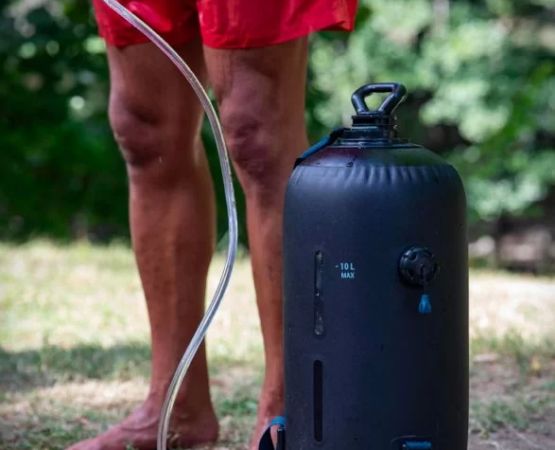- why-choosing-the-right-summer-sleeping-bag-matters
- key-factors-to-consider-for-warm-weather-sleeping-bags
- types-of-sleeping-bags-suited-for-summer-camping
- real-life-camping-experiences-with-summer-bags
- where-to-find-the-best-summer-sleeping-bags
1. Why Choosing the Right Summer Sleeping Bag Matters
When temperatures stay mild through the night, using a heavy, insulated sleeping bag can quickly turn your camping experience into a sweaty, sleepless ordeal. That’s why choosing the right sleeping bag for warm summer nights is key. It’s not just about staying cool—it's about staying dry, comfortable, and well-rested for the day ahead.
Whether you’re setting up camp at a lakefront or in the open woods, the wrong sleeping bag can make even the most scenic location feel uncomfortable. Summer-specific sleeping bags are designed with breathable fabrics, lighter insulation, and smarter airflow to match the season’s needs.
2. Key Factors to Consider for Warm-Weather Sleeping Bags
2.1 Temperature Rating
Look for sleeping bags with temperature ratings between 40°F and 60°F. Bags rated lower are overkill for summer and may trap too much heat. Some models are even designed specifically for tropical climates, offering great ventilation and minimal insulation.
2.2 Fabric and Liner Material
Summer bags usually feature nylon or polyester shells for quick-drying performance. For liners, consider moisture-wicking fabrics like taffeta or brushed polyester. Avoid cotton—it holds sweat and can feel clammy by morning.
2.3 Weight and Compressibility
Lightweight bags are ideal for backpacking. They pack down smaller and make hot-weather travel easier. Some summer bags weigh less than 2 pounds and can fit into a daypack.
2.4 Shape and Ventilation Features
Rectangular sleeping bags offer more room to move and better airflow, while mummy bags are designed for colder climates. Look for bags with full-length zippers or foot vents, which allow for more breathability and even the option to open the bag completely and use it like a blanket.
3. Types of Sleeping Bags Suited for Summer Camping
- Ultralight Down Bags: Highly compressible and warm, but often expensive. Great for thru-hikers and minimalist travelers.
- Synthetic Summer Bags: Budget-friendly and quick-drying, synthetic bags are ideal for humid environments where down might lose insulation.
- Travel Sheet Sleepers: Essentially sleeping bag liners that double as lightweight summer options for warm nights.
Each option has pros and cons depending on your location and sleeping style. For instance, someone camping in coastal California may need a different bag than someone camping in the dry Arizona desert.
4. Real-Life Camping Experiences with Summer Bags
Elena, a photographer who spends her summers road-tripping across national parks, swears by her rectangular summer bag. “I often unzip it and use it like a throw,” she says. “It’s perfect for those mid-70s nights when you want some coverage but not too much.”
Another camper, Jordan, tried using his winter bag during a July hike. “Big mistake,” he recalls. “I woke up sweating every hour. Once I switched to a 50°F-rated bag, I actually slept through the night—and even used the foot zipper for some airflow.”
5. Where to Find the Best Summer Sleeping Bags
If you’re looking to upgrade your camping gear for warm-weather comfort, Pine Cliff Resort offers handpicked sleeping bags perfect for summer nights. With options tailored for different body types, weather preferences, and budgets, you can find gear that enhances every night outdoors.
Don’t settle for the same sleeping bag you use in winter—invest in one made for the season and your sleep will thank you. Summer camping is all about reconnecting with nature, and it’s much easier to do that after a full night of cool, comfortable rest.

